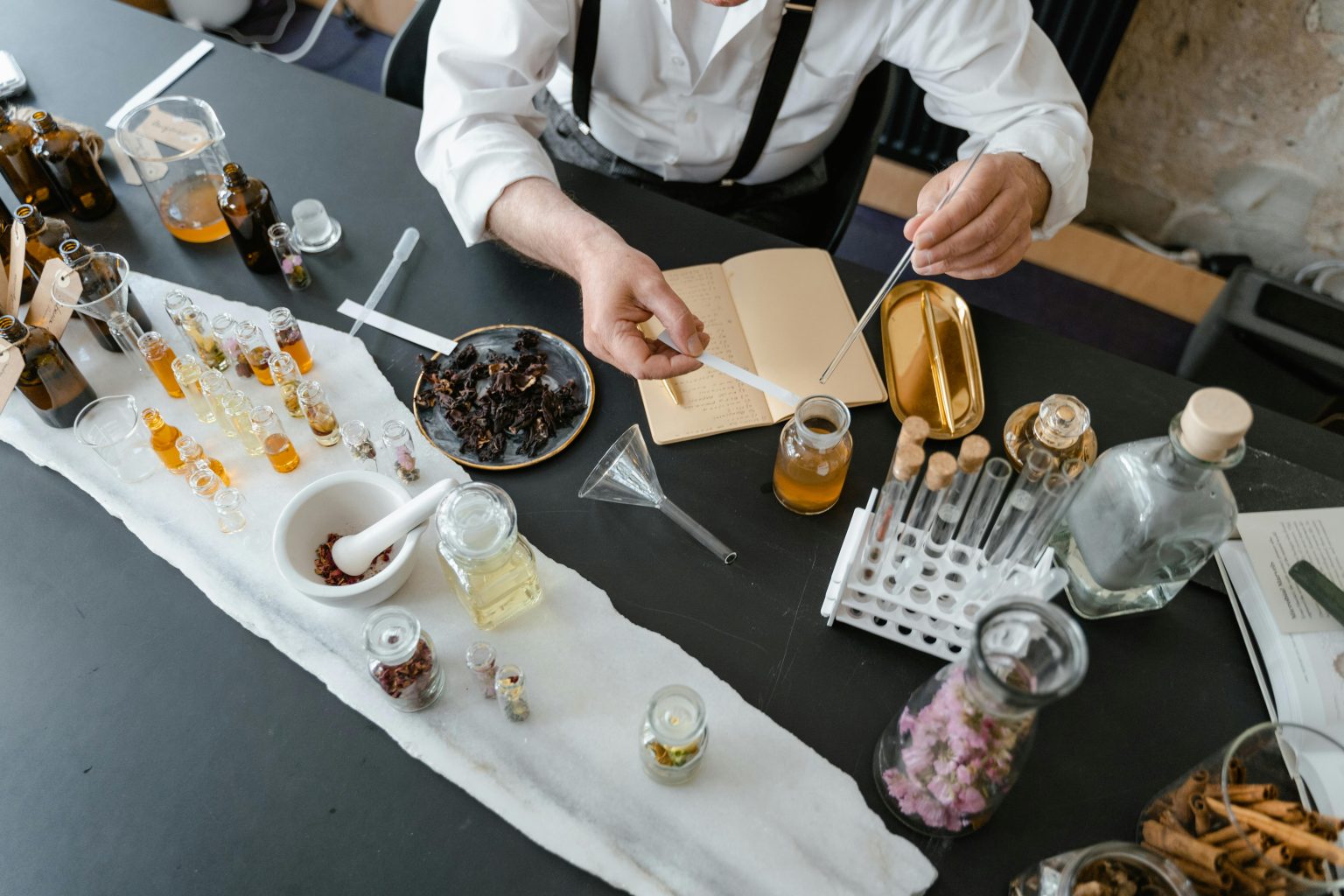If you’ve just stumbled across something suspicious in your home and have a niggling worry it might be asbestos, you’re not alone. Most homeowners in East Anglia have, at one time or another, wondered whether that old ceiling tile, pipe lagging, or shed roof is hiding anything nasty. The immediate reaction is often to get answers and, thanks to the internet, DIY asbestos testing kits appear as a tempting option, promising a quick and affordable way to find out what you’re dealing with. But is it really a good idea to have a go yourself, or is this one of those moments where it’s best to step away and call the professionals?
On the surface, doing it yourself might feel like the simplest solution cheaper, less hassle, and with no need to book anyone in. But when you’re dealing with a material that’s been strictly regulated for decades because of the real harm it can cause, the reality is a bit more complicated. In this guide, we’ll take a good look at what DIY asbestos kits offer, their limitations and risks, and why, in many cases, bringing in a professional surveyor is the safer approach all round.
How Do DIY Asbestos Testing Kits Actually Work?
Let’s start with the basics. With a DIY kit, you’re usually sent a box in the post containing instructions, a basic dust mask and some gloves, a bag or two, and a form for your details. The task is simple in theory: pick the spot you’re worried about, damp it down, carefully break off a sample, seal it in the bag, and pop it off to a lab. A few days later, you’ll get an email hopefully with the all-clear, but sometimes with news you’re not so keen on.
Why Are DIY Kits So Popular?
There are a handful of reasons these kits appeal:
- Savings: At first glance, a DIY kit costs much less than a professional asbestos survey.
- Convenience: No need to call anyone out, and you can take a sample straight away.
- Privacy: For some, it’s reassuring to discreetly check before involving neighbours or raising alarms.
But beneath that, there are some serious caveats most websites and adverts brush over.
Where DIY Kits Fall Short
It’s important to be clear: the labs analysing samples from these kits often do an excellent job and are rightly UKAS-accredited. The real risk comes from what happens before your sample arrives in their hands.
1. Taking the Sample Is Not As Simple (Or Safe) As It Looks
Breaking off a piece of material suspected to contain asbestos even if you’re following the instructions means there’s a fair chance you’ll release invisible asbestos fibres into the air. Those thin masks and gloves in the kit can only do so much. In a worst-case scenario, a few careless moments could leave fine dust wafting around your home, settling on carpets, curtains, and even being carried from room to room.
Professional surveyors, by contrast, follow strict procedures. They’ll seal the area, wear proper protective gear, use specialist tools designed to minimise disturbance, and, crucially, will secure the sample site before leaving. DIY kits simply can’t replicate that level of safety.
2. The Result Tells Only Part of the Story
Suppose your DIY kit comes back negative, good news, yes? Perhaps. But unless you’re certain you tested the right part and, trust us, asbestos hides in all sorts of odd places you might be lulled into a false sense of security. You could have tested a harmless bit of plasterboard, completely missing an adjacent asbestos panel. Trained asbestos surveyors have the training and experience to spot these things and know the common culprits in UK homes.
Moreover, asbestos was used in thousands of building products. Most properties contain more than one type, and just testing a single area rarely gives you the whole picture.
3. No Legal Standing and No Plan
An email with “positive” or “negative” isn’t a substitute for a legally recognised asbestos survey. If you want to renovate, sell, or even just bring in tradespeople, you’ll need a formal report prepared by a qualified professional. This report catalogues every suspected ACM (asbestos-containing material), its location and condition, and offers practical advice. Without this, you’ve little official documentation or guidance if your situation changes down the line.
The Professional Surveyor: What’s Different?
Bringing in an accredited asbestos surveyor is very different from using a DIY kit. It’s a proper, thorough process that, yes, is more expensive but with good reason.
Safe, Comprehensive Inspections
Professional asbestos surveys don’t just cover the spot you’re unsure about. They’ll take into account the age of your property, its structure, and past renovations. They’ll look everywhere asbestos is known to lurk: ceilings, old boilers, floor tiles, even behind walls and in lofts. When a sample is needed, it’s done under controlled conditions, with the right kit and containment measures to keep your home safe.
Once they’ve finished, they’ll seal up the sample area, tidy up, and provide advice for what happens next. No dusty surprises, no half-finished jobs.
Legal Documentation and Practical Advice
The surveyor’s final report is not just for show. If you’re planning any building work, it’s likely a legal requirement. Even if you’re not, it gives you peace of mind and a proper record to show future contractors, buyers, or insurers.
You’ll also get tailored recommendations: sometimes the best answer is to leave well alone, other times you may be advised to encapsulate or remove the asbestos. Crucially, you get advice you can trust and act on. Don’t ignore asbestos or it could cost you more than just money.
When Might a DIY Kit Be Okay?
We’d be remiss not to mention that, in a very limited set of circumstances, a DIY kit might be suitable. If you’ve got a clearly detached bit of debris (say, a loose floor tile that’s already broken off) and the potential to disturb fibres is low, a kit could be a quick way to check. But in any scenario involving demolition, renovations, or suspect materials in tricky locations, the risks multiply, and a professional becomes the only sensible choice.
When to Call in the Experts
- If you suspect asbestos in more than one place
- If any of the material is damaged, fraying, or crumbling
- If you have plans for any repairs, upgrades, or building work – no matter how small
- If you’re buying or selling a home
- If you want full confidence and an actionable management plan
- If you have had a test done and you need an asbestos removal expert
The Bottom Line: Playing It Safe
Tempting as it is to cut corners, asbestos is not something to take chances with. DIY kits might save a bit of money and time at the start, but the possible risks, not just to your home, but to your health and your family’s well-being aren’t worth it.
Calling a professional asbestos surveyor may cost more and take a little longer, but it is far and away the safest approach. You’ll get a survey carried out to the highest standards, protected by strict safety rules, and backed up by clear, reliable documentation. Best of all, you can sleep easy knowing you’ve done right by your home and the people in it.



